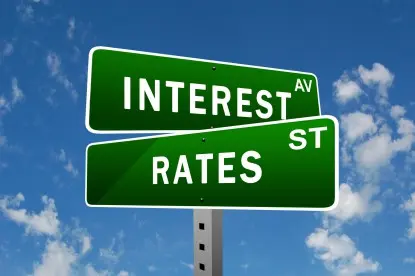Small businesses often seek financing to fill a temporary cash flow gap, cover an unforeseen expense or invest in business growth. When looking for financing, business owners consider several things, including the amount needed, payback schedule, and obviously the cost.Today, more than ever, there are various financing options from which to choose. Each has its own fee structure, and it can often be difficult to understand the full associated costs.
Usually people think about the cost of financing in terms of APR (Annual Percentage Rate). While this is a good start, many commercial financing providers don’t publish an interest rate. As a result, borrowers use a simplified calculation: interest = (total amount paid back – total amount borrowed)/ total amount borrowed. This method, while simple, is a flawed approach.
Let’s say, for instance, you took out a loan of $1000 and paid it back over three months. All in all you paid back $1,100, a total of $100 more than you borrowed. So your interest is 10% right? No! It’s actually around 80% annualized. Shocking, isn’t it!
Below are some tips for assessing the true financing cost.
Loan Amortization Schedule
Interest isn’t calculated on the amount you initially borrowed, but rather on the amount outstanding at every point in time (also known as the principal balance). Therefore, if you took out a $1,000 loan and are repaying it over a year, the average amount of debt you had outstanding during that year was about half – $500. Since you paid back half the loan in the middle of the year, the interest shouldn’t apply to what you’ve already paid back. In this case, if you paid back $1,100 over that year ($100 in interest fees) your annualized interest equals around 20% ($100 on an average outstanding of $500). If you paid back the same loan in 6 months, the annualized interest would be around 40% since you paid it back in half the time. In the example where you borrowed $1000, paid it back over three months, and paid $100, in interested, your APR is ~80% APR (($100/($1000/2))/(3/12). You’re average principal balance was $500. $1000 at the beginning, $500 in the middle and $0 at the end. So you paid $100 to hold unto an average of $500 for 1/4 of a year. ($100/$500)*4 = 80%.
Loan Origination Fees
Often the borrower pays a fee at the time of the loan origination, typically a fixed percent of the loan amount. This fee is normally deducted from the amount of the loan. Even small fees can dramatically impact the overall financing cost. For example – you again borrowed $1000 to be paid back over 3 months in equal installments. This time, the annualized interest on the principal is 25%, but there is also a 3% origination fee. This means that you only get $970 when you take out the loan, since $30 will go toward this fee. Your effective annualized interest is no longer 25%, it’s actually closer to 40% (25% + (30/485)/4). That’s almost twice as much! The same logic applies to hidden fees and penalties.
Hassle
Most people rarely take into consideration the cost of their time or an employee’s time spent in securing the financing. Getting the loan might require authenticating company documents, filling out and submitting a bunch of paperwork or interviewing with a loan officer. This process can take time – time that could have been spent on other vital business tasks. For example, if getting the financing took two hours of your bookkeeper’s time and she makes $50/hour – this means your loan cost an extra $100. For a $1,000 loan, where the interest comes to $100 in fees, an extra $100 cost is significant.
